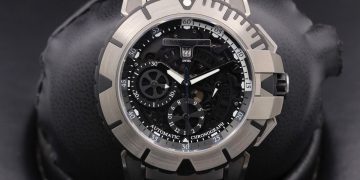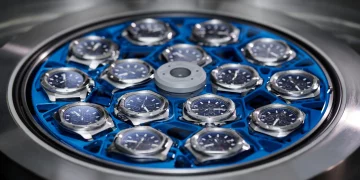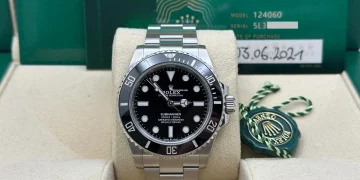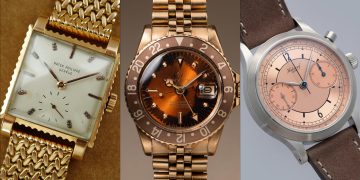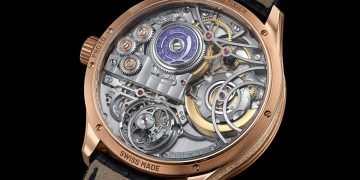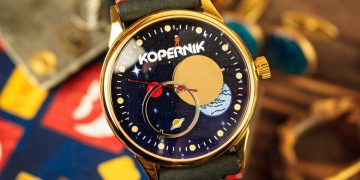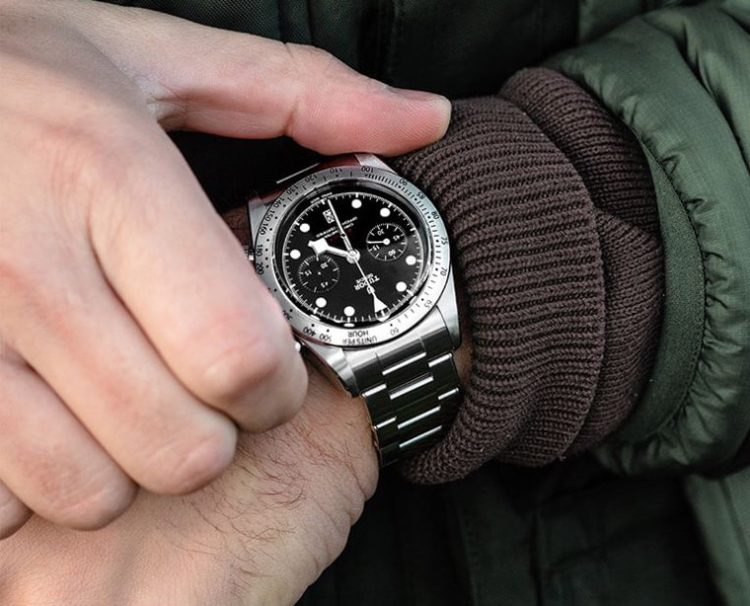In the ever-evolving world of horology, consumers are no longer just looking for timepieces that tell the time accurately. With advancements in technology, changing tastes, and an increased desire for multifunctionality, today’s luxury watches are expected to do much more. From chronographs and GMT functions to smart capabilities, the modern consumer demands more than just a mechanical masterpiece—they seek watches that integrate seamlessly into their lifestyle. The question remains: Does the functionality of this new watch truly align with the expectations and needs of today’s consumer?
In this article, we will examine the key features and functions of this new watch, assess how it compares to consumer expectations, and explore whether it provides true value to its target audience. We will take a deep dive into the intersection of technology, design, and practicality to determine whether this watch’s features genuinely fulfill the needs of today’s discerning watch enthusiasts.
1. The Evolution of Consumer Needs in Watchmaking
Traditionally, the primary function of a watch was to tell time. However, as watch technology has evolved, so too have the demands of consumers. Watches are no longer just tools for timekeeping—they are status symbols, fashion statements, and even lifestyle companions. For some, a luxury watch represents a combination of art, craftsmanship, and precision; for others, it’s about functionality, convenience, and personal utility.
Modern consumers expect much more from their watches. In the age of smart technology, many want their timepieces to offer additional features that go beyond telling the time. For instance, dive watches must meet the specific needs of underwater adventurers, while pilot watches offer additional functions like chronographs, altimeters, or time zone adjustments for frequent travelers. Similarly, some consumers now seek watches with smart capabilities, including fitness tracking, notifications, or even connectivity with their smartphones.
A luxury watch, therefore, must strike a balance between tradition and innovation. While some may still prefer the elegance and simplicity of a time-only watch, others are leaning toward multifunctional designs that cater to their dynamic lifestyles.
2. Analyzing the Features of the New Watch: Innovation or Gimmick?
To determine whether this new watch truly meets the needs of today’s consumer, we first need to assess its functionality. What features does it offer, and do these features add real value to the wearer’s experience, or are they simply marketing ploys to appeal to trends?
a. Complicated Movements and Functions
Many watch enthusiasts are drawn to complex mechanical movements, which are considered the hallmark of craftsmanship. For example, a chronograph, perpetual calendar, or tourbillon may be considered impressive feats of engineering, but do they fulfill practical needs?
Consider a chronograph. While it adds a sophisticated touch, the average consumer might never use it for its intended purpose—measuring elapsed time in sports or events. Similarly, a watch with a moonphase complication or a power reserve indicator might appeal to the horology purist, but these features don’t necessarily enhance the everyday functionality of the watch.
On the other hand, consumers who are more focused on utility might appreciate features that make life more convenient. A GMT function, which displays multiple time zones, might appeal to frequent travelers. A dive watch with a unidirectional bezel or luminescent markers, designed for underwater use, offers practicality for divers or adventure enthusiasts. For some, these features are indispensable.
b. Smartwatch Integration
With the increasing popularity of smartwatches, some traditional luxury brands have started incorporating smart features into their timepieces. These watches combine mechanical watchmaking with modern technology, offering features like fitness tracking, heart rate monitoring, and notifications for messages or calls.
However, these additions can spark debate. While some consumers appreciate the convenience of having a hybrid watch that offers both traditional timekeeping and smart functions, others argue that it dilutes the craftsmanship and essence of what a luxury watch should be. Some feel that combining mechanical and smart functions may compromise the watch’s quality, durability, or design.
So, does the functionality of the new watch meet consumer expectations? If it incorporates smart technology, does it do so in a way that enhances the overall user experience, or does it leave the wearer feeling overwhelmed by too many features that lack true relevance?
3. Consumer Lifestyle and Practicality: What Do Buyers Really Want?
To determine whether this watch meets the functional needs of today’s buyers, it’s important to consider the practical aspects of consumer lifestyles. How often do consumers use certain features, and are these features truly useful in their daily lives?
For example, for a professional who spends much of their day in meetings or working in an office, a watch that provides a simple and clean design with basic timekeeping functions might be most appropriate. These consumers are less likely to use complex features like a chronograph or a moonphase complication, making their choice of watch driven more by design and prestige than functionality.
On the other hand, someone who frequently travels or engages in outdoor activities might look for a watch with additional features tailored to those needs. A world timer, solar-powered movement, or durable materials like titanium or ceramic might be more attractive to a buyer who values functionality over form. These features, when executed well, can add real value by making the watch not only a stylish accessory but also a useful tool in daily life.
Ultimately, consumers today are not only looking for a beautiful watch; they want one that fits seamlessly into their lifestyle. A well-designed, multi-functional timepiece could prove valuable for someone who travels often, works in extreme conditions, or leads an active life. Conversely, a watch with excessive complications may appeal less to someone who simply wants a dependable, easy-to-read timekeeper.
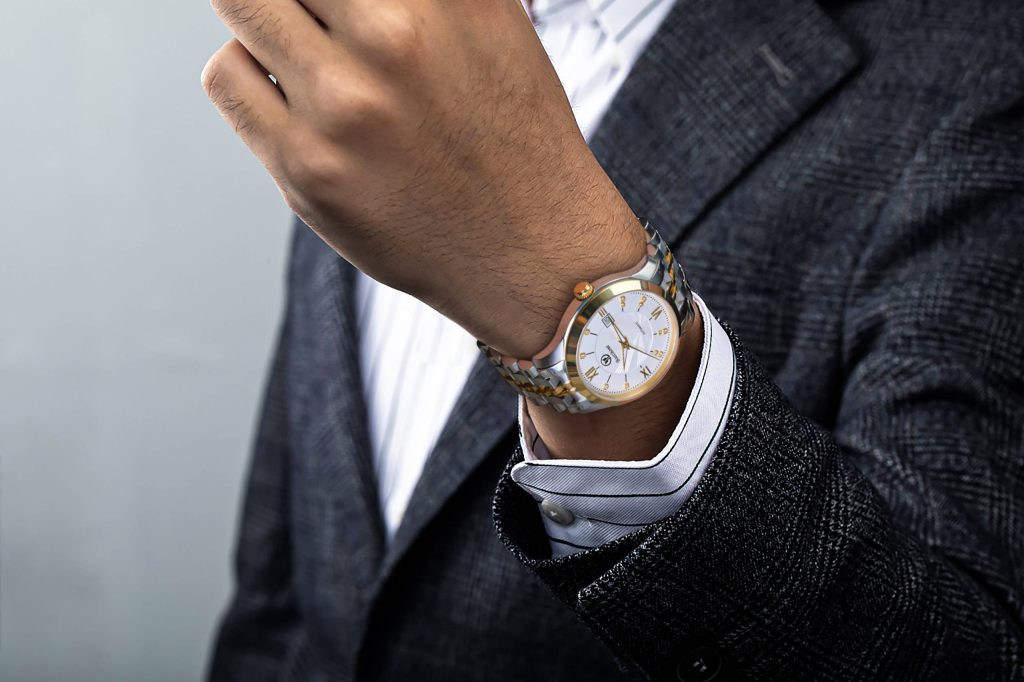
4. The Balance Between Design and Functionality
A significant challenge in modern watchmaking is balancing aesthetics with practicality. While some consumers prioritize functionality, others might be drawn to the design elements of the watch—whether it’s the materials, the craftsmanship, or the brand’s reputation. In the competitive world of luxury watches, brands must ensure that their timepieces meet both form and function, creating designs that resonate with consumers while also offering meaningful, useful features.
The new watch in question may excel in terms of aesthetics, using high-end materials like sapphire crystal, ceramic, or precious metals. However, if it falls short in terms of functionality, it may fail to meet the consumer’s true needs. A watch that looks stunning but lacks practical features for everyday use may appeal to a niche market, but it risks alienating a broader audience that values utility.
When assessing the functionality of a watch, it’s crucial to consider whether the features provided enhance the user experience or are simply cosmetic additions. A well-designed watch should offer features that make sense for the user, whether that means offering a functional chronograph for athletes or a more straightforward design for those who appreciate minimalist aesthetics.
5. Is This Watch Catering to the Right Audience?
Another key question is whether the watch is truly catering to the right consumer demographic. Each brand has its target audience, and understanding who that is can provide valuable insight into whether the watch meets their specific needs. For example, a brand known for its high-end dive watches may offer features specifically designed for divers, such as water resistance, robust bezels, and legible dials. If a new model deviates from this focus and introduces features that are more fitting for a different demographic, it could alienate its core audience.
Moreover, it’s essential to recognize the growing trend of younger buyers entering the luxury watch market. These consumers are more likely to prioritize technology, customization, and versatility, and may appreciate smart features or modular designs. Brands must adapt to this shift in order to remain relevant.
6. The Verdict: Does the New Watch Truly Meet Consumer Needs?
So, does this new watch truly meet the needs of today’s consumer? The answer depends on several factors: the design and function of the watch, how well it aligns with the target demographic’s lifestyle, and how effectively it balances tradition with innovation. Watches that offer practical features, such as multi-time zone functions for travelers or durable materials for outdoor enthusiasts, are more likely to meet the diverse needs of modern consumers.
Ultimately, a watch must offer value—both in terms of its aesthetic appeal and its functional utility. If this new watch succeeds in providing meaningful features while maintaining the quality and craftsmanship expected from a luxury brand, it will likely meet consumer demands. However, if the watch leans too heavily on unnecessary complications or fails to address real-world needs, it may miss the mark, no matter how impressive its design may be.
In conclusion, the functionality of a luxury watch is not just about offering flashy features—it’s about creating a timepiece that enriches the wearer’s experience, aligning with their lifestyle, and enhancing the value they derive from the watch. When brands succeed in this balance, they create not only a product but also a lasting connection with their customers.



